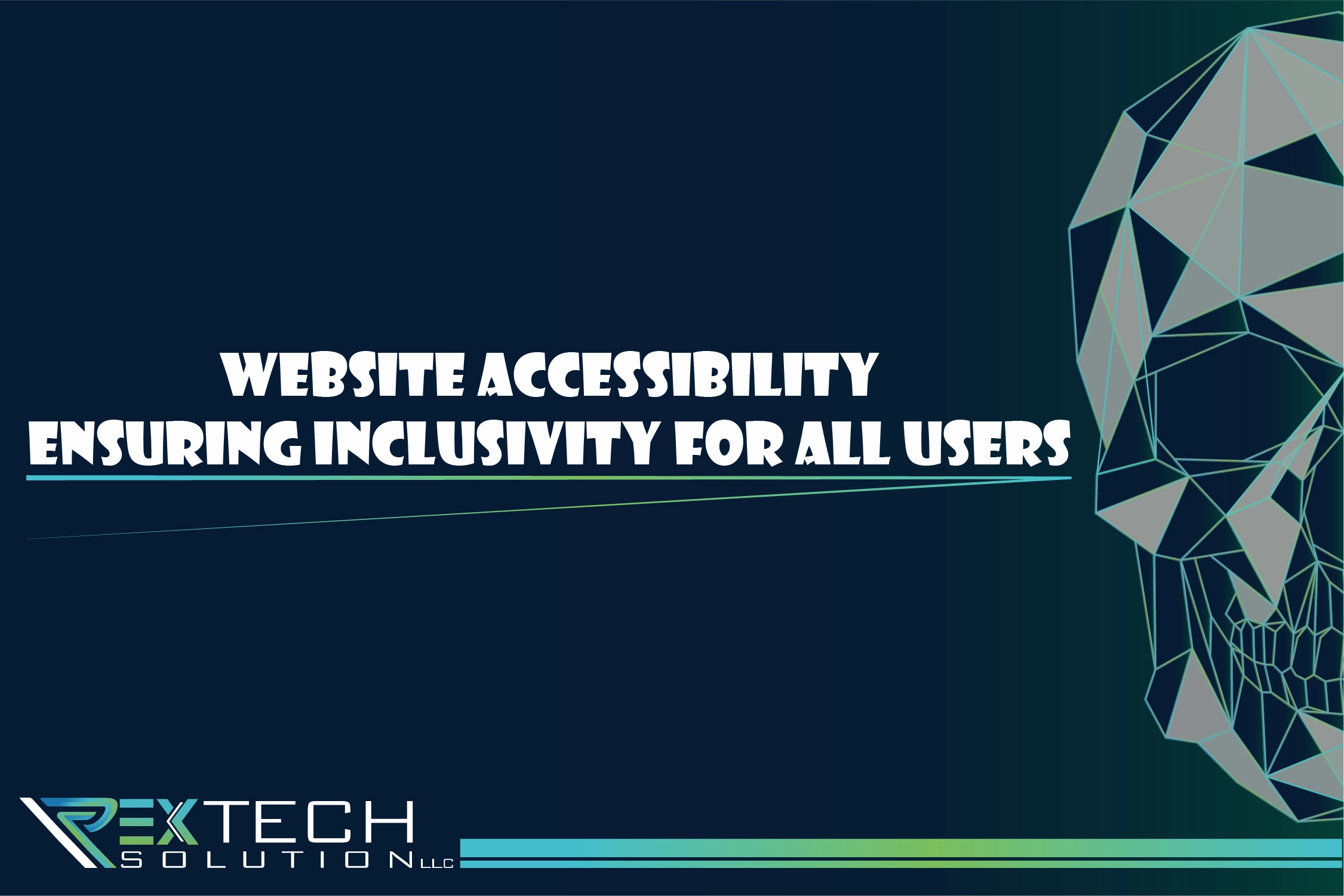These days, websites are the entry point to a world of endless possibilities, data, and services. Nonetheless, because some people find it difficult to navigate websites, accessibility is still a major concern. Access to internet information is nevertheless hampered by a variety of causes, including technological limits, disability, and other issues. Because of this, online developers and owners need to put accessibility first in order to guarantee inclusivity for all users. This essay explores the significance of website accessibility, its advantages, and doable tactics to improve inclusivity.
Understanding Website Accessibility
The technique of creating websites that people with impairments can use and access is known as website accessibility. These deficits could be neurological, muscular, cognitive, auditory, or visual. Following the web content accessibility guidelines (WCAG) established by groups like the World Wide Web Consortium (W3C) is necessary to guarantee the accessibility of websites. These standards offer a structure for producing web content that is robust, comprehensible, operative, and observable to all users.
The Importance of Web Accessibility
- Legal Compliance: With the increasing recognition of digital accessibility as a civil right, many countries have implemented laws and regulations mandating website accessibility. Failure to comply with these regulations can result in legal repercussions and damage to a company’s reputation.
- Expanded Reach: By making websites accessible, businesses can reach a broader audience, including individuals with disabilities who represent a significant market segment. Improving accessibility enhances user experience and fosters inclusivity, leading to increased engagement and customer satisfaction.
- Ethical Imperative: Accessibility is not just a legal requirement but also an ethical imperative. Every individual deserves equal access to information and services, regardless of their abilities. Prioritizing accessibility aligns with principles of social responsibility and demonstrates a commitment to diversity and inclusion.
Benefits of Website Accessibility
- Enhanced User Experience: Accessible websites are user-friendly for all visitors, regardless of their abilities. Features such as alternative text for images, keyboard navigation, and clear site structure improve usability and satisfaction for everyone.
- Improved SEO: Many accessibility practices overlap with search engine optimization (SEO) techniques. By optimizing websites for accessibility, businesses can improve their search engine rankings, leading to increased visibility and organic traffic.
- Positive Brand Image: Investing in website accessibility sends a powerful message about a company’s values and commitment to inclusivity. A reputation for accessibility can enhance brand perception and attract customers who prioritize socially responsible businesses.
Strategies for Enhancing Website Accessibility
- Provide Alternative Text: Descriptive alt text should accompany images to ensure that visually impaired users can understand their content. Alt text should convey the purpose and context of images concisely and accurately.
- Ensure Keyboard Accessibility: Users with mobility impairments often rely on keyboard navigation instead of a mouse. Ensure that all website functions, links, and interactive elements are accessible via keyboard shortcuts.
- Use Semantic HTML: Semantic HTML markup improves website accessibility by providing structure and context to content. Properly structured headings, lists, and landmarks facilitate screen reader navigation and comprehension.
- Offer Text Resizing Options: Allow users to adjust text size and spacing to accommodate varying visual preferences and assistive technologies. Flexible layout designs that adapt to different screen sizes and resolutions also contribute to accessibility.
- Conduct Regular Accessibility Audits: Regular audits and testing are essential for identifying and addressing accessibility barriers on websites. Utilize automated tools, manual testing, and user feedback to ensure ongoing compliance with accessibility standards.
Read more: Website Maintenance: Keeping Your Site Up-to-Date and Secure
Conclusion
Finally, it should be noted that website accessibility is an essential component of digital inclusion that helps both consumers and companies. Through the prioritization of accessibility in web design and development, businesses may increase user experience, reach a wider audience, and adhere to inclusive ethics. Putting into practice doable tactics like offering alternate language, guaranteeing keyboard accessibility, and doing frequent audits can aid in the creation of websites that are usable by everyone, regardless of ability. Let’s work to create a digital environment that is genuinely inclusive and accessible to everyone in the connected world of today.
Recall that accessibility is a moral imperative as well as a means of creating a more inclusive digital environment. It is not merely a legal requirement.
To learn more about improving the accessibility of your website and to take advantage of our services, like logo design, branding, website development, video animation, digital marketing, and SEO, visit RexTech Solution today. Let’s build a web presence that welcomes everyone.
Web accessibility—it’s not just good practice, it’s good business.

